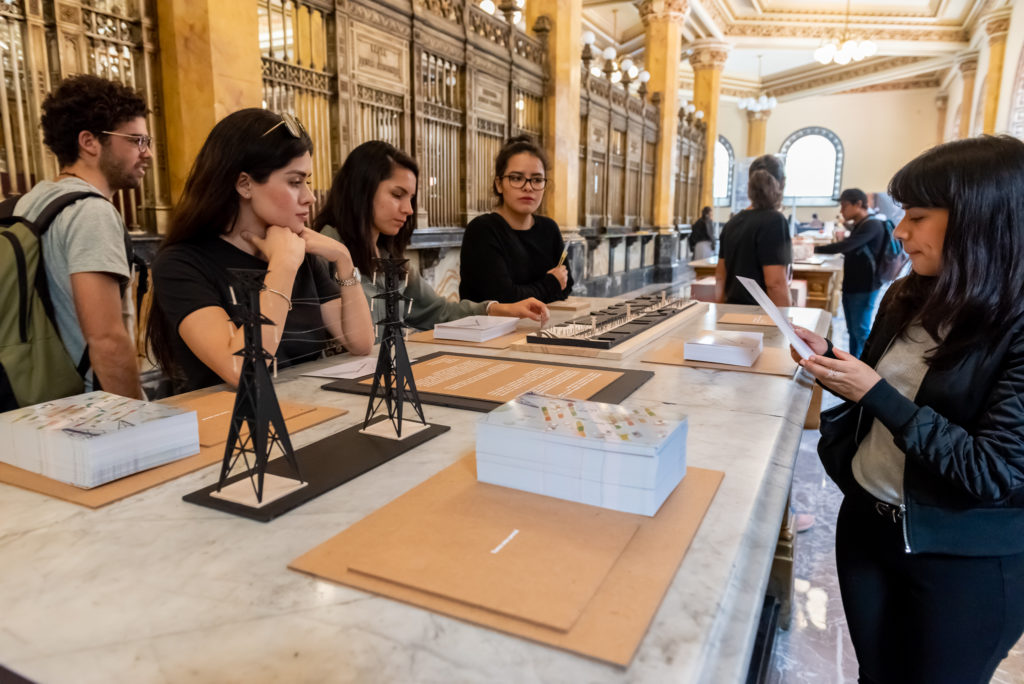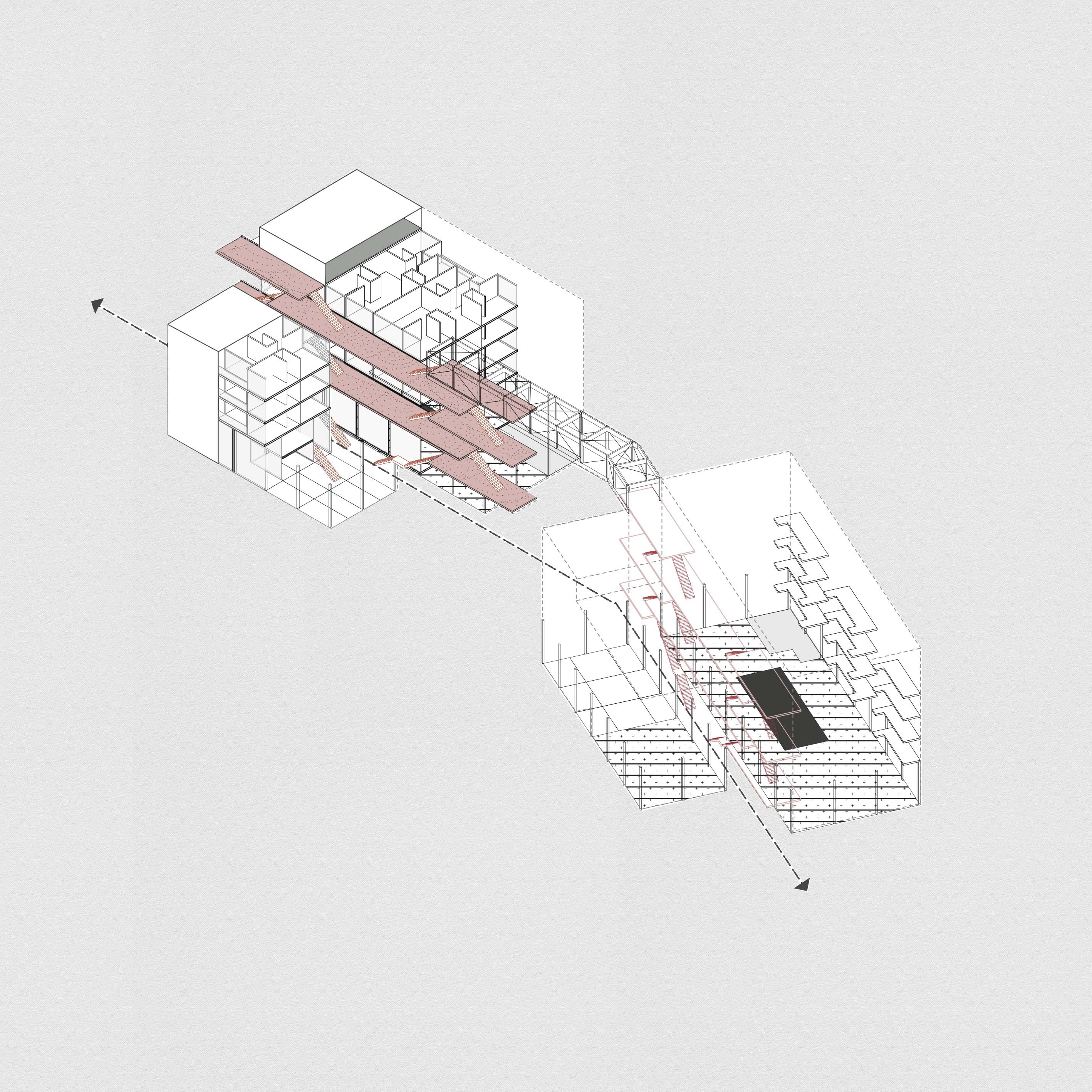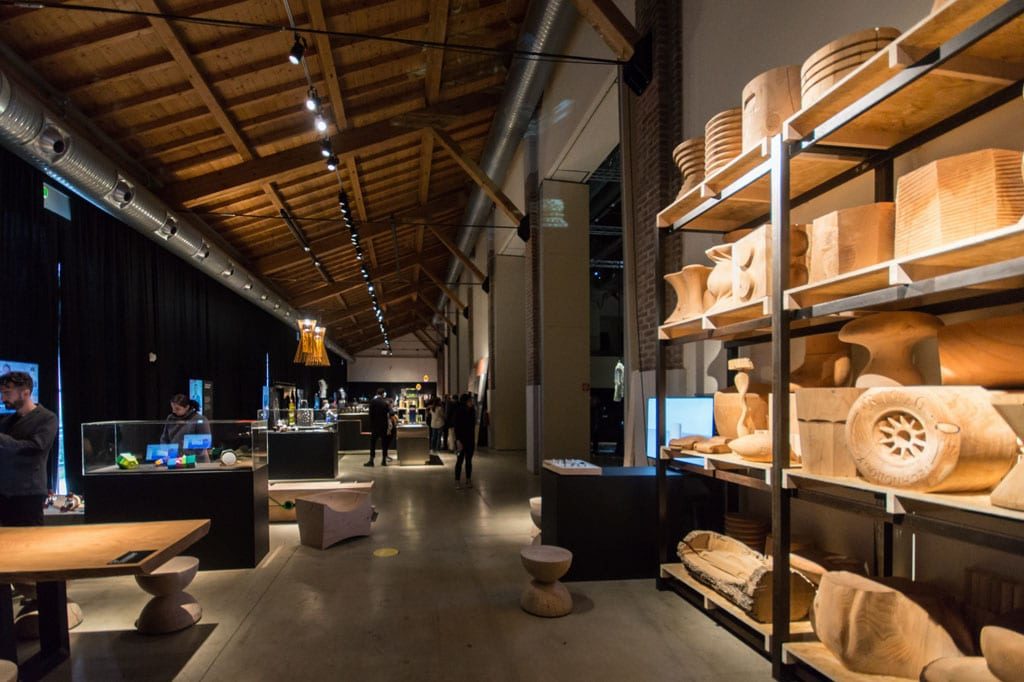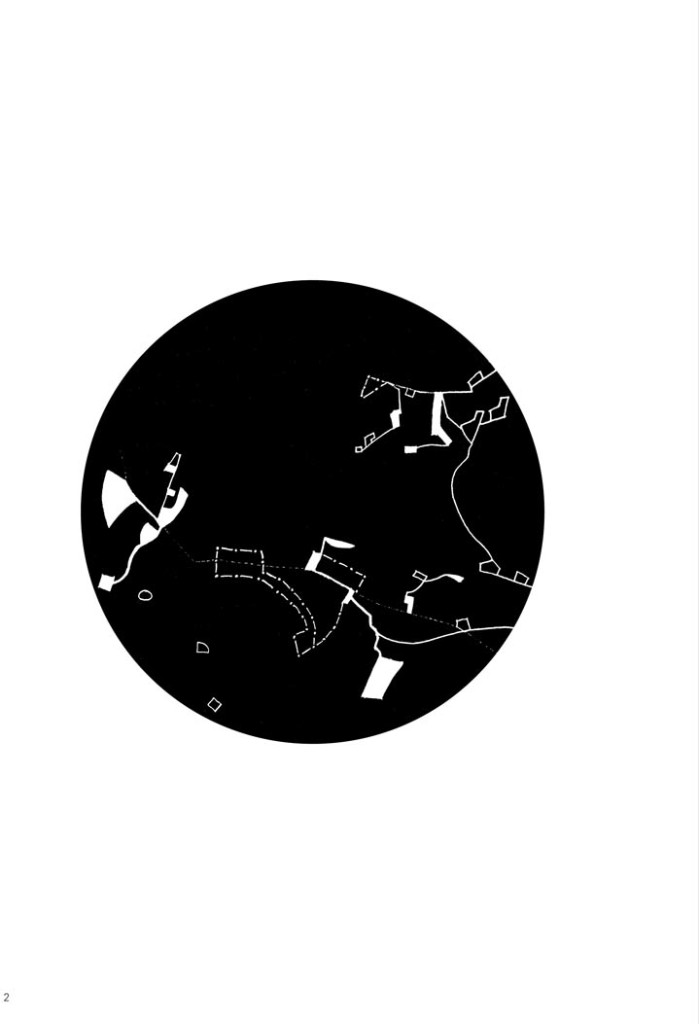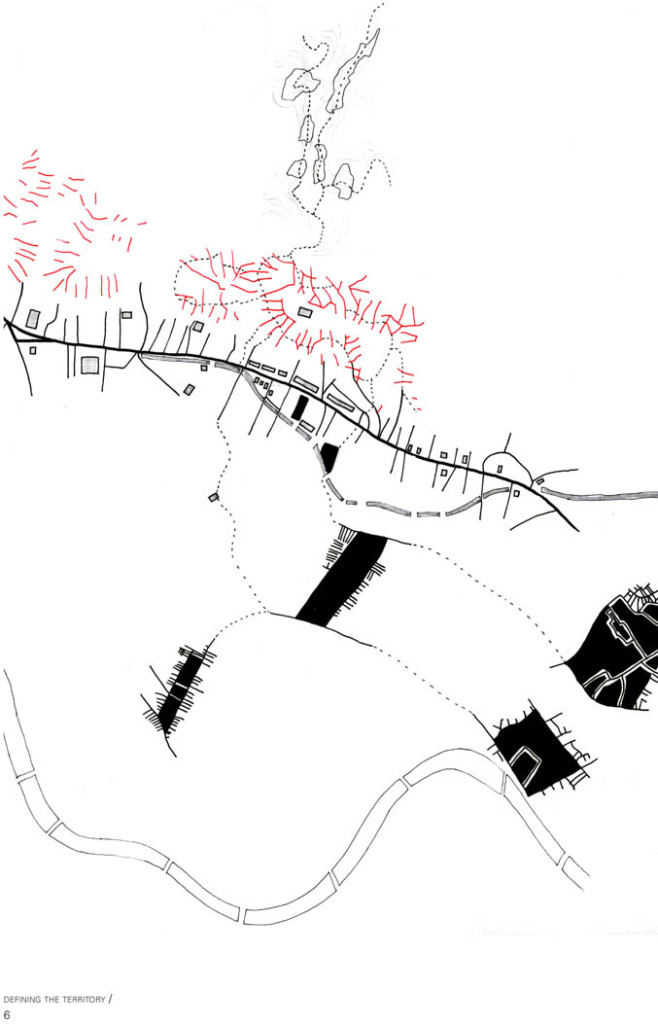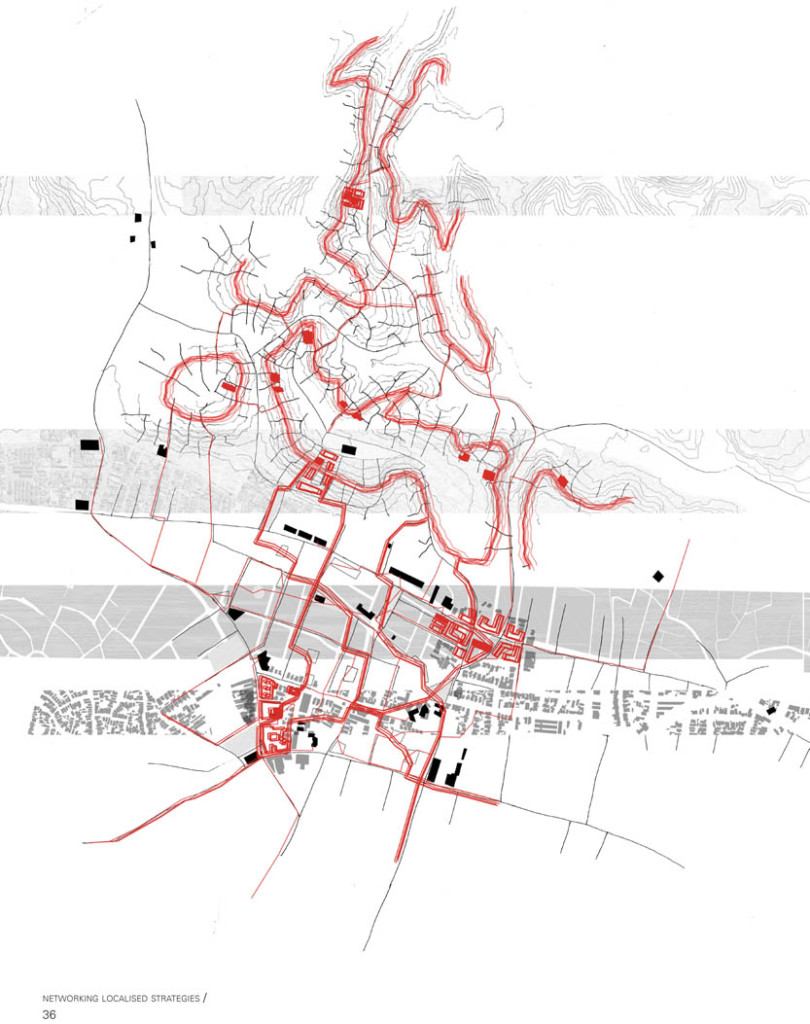Agricultura Social en lineas de trasmisión eléctrica // Social Agriculture in electric transmission lines, 2018
Project Origin: CDMX, Mexico
Exhibition: Showcased at Abierto Mexicano de Diseño (AMD) Mexico Design Festival
La red de líneas de transmisión eléctrica en la Ciudad de México tiene como huella espacios abiertos subutilizados que tienen el potencial de ser reprogramados para el beneficio de la localidad.
La integración de huertos urbanos a la red de líneas de transmisión eléctrica forma una nueva tipología de parque que concibe un espacio productivo y de esparcimiento para la comunidad, genera conciencia alimentaria y promueve vínculos sociales multisectoriales.
La propuesta incluye vínculos con instituciones educativas como escuelas y universidades, instituciones de asistencia social, como asilos y guarderías, e instituciones culturales circundantes para activar de manera local estas nuevas áreas verdes.
En 2016 se creó la ley de huertos urbanos, sin embargo la yuxtaposición de huertos urbanos con líneas de infraestructura aborda temas de planeación urbana y elementos jurídicos poco flexibles en la ley. A nivel urbano, el proyecto busca cuestionar los instrumentos de planeación para habilitar intervenciones en corredores eléctricos, así como medidas para el fomento de iniciativas de reapropiación del espacio público temporales y permanentes en corredores de infraestructura.
The network of power transmission lines in Mexico City has underutilized open spaces that have the potential to be reprogrammed for the locality’s interest.
The integration of community gardens into the network of electric transmission lines forms a new park typology. This typology conceives a productive and recreational open space for the community, generates food awareness and promotes multi-sectorial integration.





